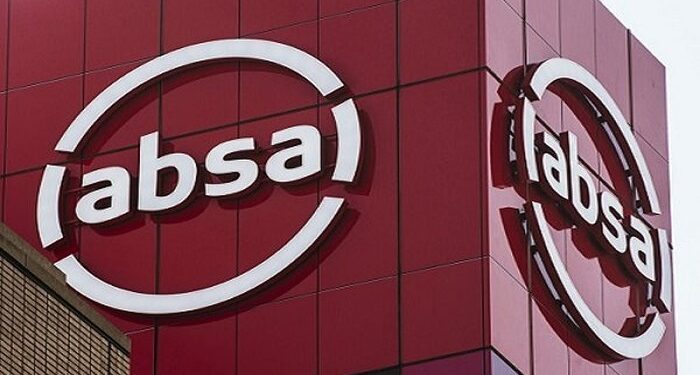Absa Bank total comprehensive income slumps by 92.7% in Q3 2022
Absa Bank Ghana for the period ended Q3 2022 posted total comprehensive income of GHS 39.6m.
The recorded decline for Q3 2022 indicates a 92.7% (GHS 506m) in comprehensive income when compared to the GHS 546m recorded same period last year.
It is worth noting that comprehensive income is the variation in a company’s net assets from non-owner sources during a specific period. This includes adjustments made to the prices of securities held for sale by the firm and/or derivatives used to hedge such positions, foreign currency exchange rate changes, and adjustments to pension liabilities.
According to Investopedia, in business, comprehensive income includes unrealized gains and losses on available-for-sale investments, cash flow hedges, which can change in value depending on the securities’ market value, and debt securities transferred from ‘available for sale’ to ‘held to maturity, which may also incur unrealized gains or losses. Gains or losses can also be incurred from foreign currency translation adjustments and in pensions and/or post-retirement benefit plans.
A perusal of the bank’s Q3 2022 Financial Statement reveals that, the slump in the comprehensive income was as a result of a GHS 449m payment for change in fair value on financial assets of the bank.
Despite the huge decline, Absa Bank within the review period grew the value of its total asset by some GHS 3bn.
Total assets value of the bank at end-Q3 2022 stood at GHS 18.7bn as against the GHS 15.7bn total assets value recorded at end-Q3 2021.
Mainly accounting for the increment in the bank’s total assets value were its cash and cash equivalents and loans and advances to customers.
Absa Bank’s cash and cash equivalents grew to GHS 3.4bn at end-Q3 2022 from GHS 2.07bn at end-Q3 2021.
Loans and advances to customers rose to GHS 5.4bn at end-Q3 2022 from GHS 4.4bn at end-Q3 2021. Value of investment securities increased marginally to GHS 4.17bn at end-Q3 2022 from GHS 4bn at end-Q3 2021.
Liabilities of the bank driven mainly by deposits from customers, within the review period also witnessed significant growth rising from GHS 13.5bn to GHS 16.4bn in Q3 2021 and Q3 2022 respectively.
Regarding its Capital Adequacy Ratio (CAR), Absa Bank’s CAR declined by 4.14 percentage points ending Q3 2022 at 14.61% from the previous year’s CAR of 18.75%.
Absa’s CAR now pegged at 14.61%, is marginally above the Bank of Ghana’s minimum CAR of 13%.
Asset quality of Absa Bank witnessed some deterioration as the bank’s non-performing loans (NPLs) rose from 11.49% in Q3 2021 to 13.51% in Q3 2022.
With the increase in the bank’s non-performing loans, Absa Bank’s NPLs inches closer to the industry’s average non-performing loans of 14%.









